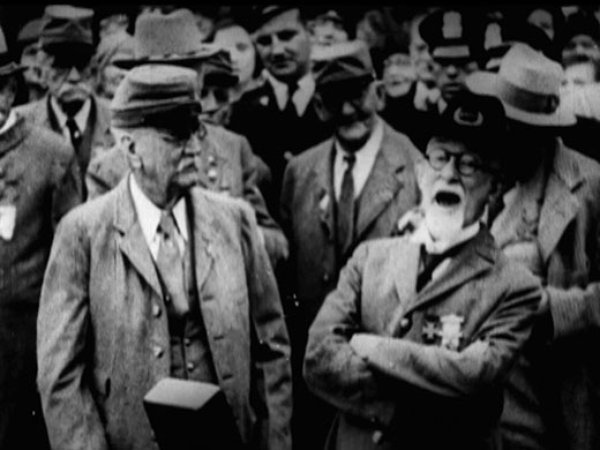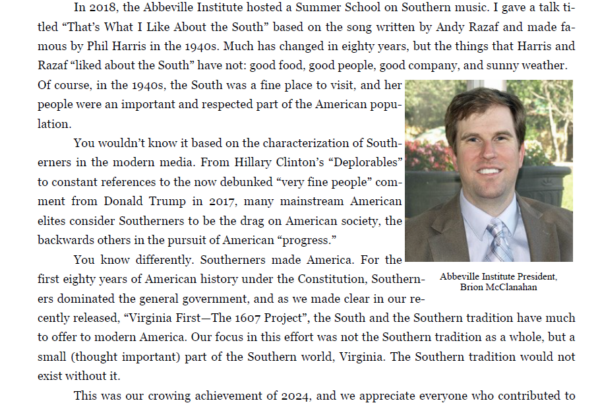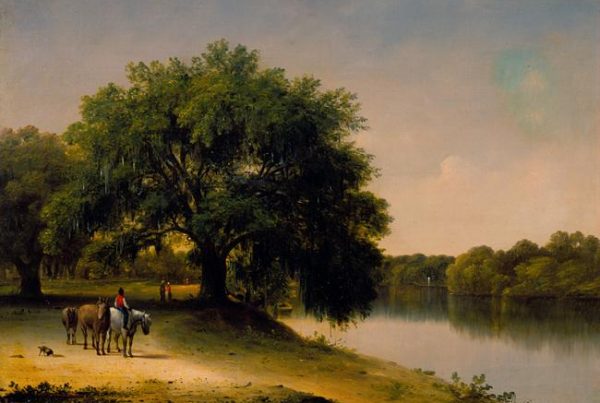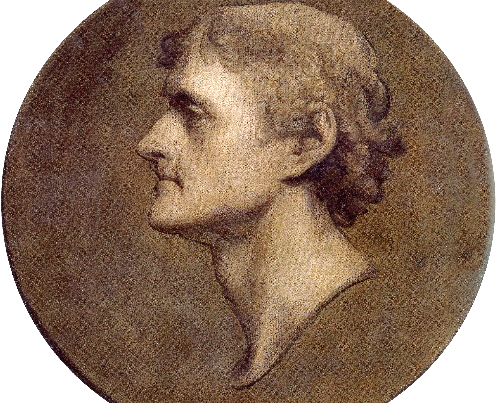Notwithstanding Ole Miss fans, those opening few bars of “Dixie” sends chills down the back of every good Southerner everywhere. By the time the notes hit the phrase “land of cotton,” it makes you want to throw back your head and rip out a good rebel yell. It feels good to do it. It feels right to do it. There’s something about that song that calls out to our collective Celtic blood and awakens the ancient lunatic inside, and the old rebel yell is our cultural howl at the moon. One rebel yell is joined by ten more, which quickly turns into a hundred, and we connect together as one voice like a bunch of scattered packs of coyotes finding themselves in the night.
The only problem is this – are we doing it right?
I agree with the historians who trace the origins of the Southern rebel yell back to Scottish highlanders and other Celtic warriors who used the sound to disorient and terrify their enemies in battle. Since the population of the Southern states leading up to the Civil War was very predominantly Celtic in ancestry (probably three-to-one), it only makes sense that Confederate units would consider the use of the rebel yell to be second nature. The beloved Stonewall Jackson was famous (or infamous, depending on your point of view) for being one of the first to call on his men to use the rebel yell during bayonet charges, and it had the documented effect of completely wrecking the morale of Yankee troops and sapping their courage. By the time they came into first contact with any Confederates in battle, they were usually already terrified and disoriented by the rebel yell they’d been hearing.
Historical accounts give us many descriptive narratives of the effects of the rebel yell in battle, but unfortunately we aren’t sure what it actually sounded like. It is a sound that has been lost to time and replaced by a Hollywood sound effect – the typical “yee-haw” sound. Sound recording technology did not exist during the 1860’s, so there are no recordings of the rebel yell in battle. There were plenty of recordings made during the early 20th century of individual old soldiers recreating the rebel yell for posterity, but those recordings have always been disappointing. When we hear an authentic rebel yell, we expect the hair to stand up on our necks, and those old recordings just didn’t seem to cut it.
One of the most notable aspects to me about the “authentic” rebel yell is that it doesn’t appear to be a yell at all, but more of a high-pitched scream. Many of the men in the video gave different versions of the yell, but the one thing they had in common was the high-pitched nature. This also coincides exactly with historical accounts of Irish and Scottish warriors delivering a high, shrill whooping and yipping sound in battle. Yankee soldiers typically described the Confederate rebel yell as sounding like rabid monkeys, and they said it would corkscrew its way into your spine and scare the living daylights out of you.
A few years ago, historian Waite Rawls from the Museum of the Confederacy in Richmond undertook an adventure to resurrect the authentic rebel yell, and to use modern sound technology to reproduce it. When Rawls heard two different old recordings of individual Confederate veterans delivering identical rebel yells, he thought he might be on to something. Even though the sound of one soldier’s rebel yell was disappointingly weak and ineffective, it occurred to Rawls that you never heard it that way in battle. In an actual infantry charge, there would be hundreds or thousands of voices delivering the yell – not just one. So, he enlisted the aid of some sound recording engineers, and they duplicated the old recording to represent several dozen soldiers. The pitch for each duplication was altered and the tempo was adjusted so that every voice did not sound identical. Once the whole thing was finally put together, Rawls said it sent chills down the backs of everybody in the room. All the terrifying descriptions given by Yankee soldiers came rushing back to him, and he suddenly realized what they were talking about. The authentic rebel yell would definitely scare the crap out of you, especially if you heard it in the stress of battle. The following link gives a more detailed account of the process I just described, but you may skip ahead to 3:10 to hear the actual sound recreation of the rebel yell in battle as if it were being delivered by 70 soldiers.
The next step towards the recreation of the authentic rebel yell was to try it out during a battle re-enactment. One of the problems that Civil War re-enactors had always encountered was that the Hollywood “yee-haw” version of the rebel yell was terribly impractical in battle. It took away your breath and your energy, and it didn’t seem possible that any soldier would try something exhausting like that in the heat of battle. Therefore, the re-enactors would typically deliver the old rebel yell prior to marching into battle (for the posterity and delight of the crowds gathered to watch), but then discard it quickly. After the Museum of the Confederacy recreated the authentic rebel yell, re-enactor Henry Kidd taught it to his 12th Virginia Infantry unit by breaking it down into the necessary repeated phrases a high-pitched yip, a low pitched bark, and a long high-pitched howl. Once the men learned the components and delivered the rebel yell with an actual cadence, it was the exact sound he’d from the recording. He knew they were on to something.
Then, when they got a chance to use it in a battle re-enactment, they noticed two things immediately. First, the cadence of the new rebel yell allowed the men to deliver it without losing their breath or energy. On the contrary, it actually seemed to boost their adrenaline and give them more energy, which was consistent with Confederate descriptions from actual battles. Secondly, the looks on the faces of the Yankee re-enactors across the field when they heard the rebel yell coming at them was priceless. The old, ancient terror was speaking to them again across the ages. Once again, this video link is long, but you may skip ahead to 4:10 to hear the sound of the old authentic rebel yell coming right at you in a bayonet charge.
So where did the Hollywood version of the rebel yell come from? More than likely, from the filming of “Gone with the Wind.” In the scene where Southerners learn that war has broken out, the characters are supposed to deliver a whooping-style cheer that Margaret Mitchell specifically described in the book. However, someone in charge on the set decided that the rebel yell produced according to the author’s preferences wasn’t working, so they changed it to the “yay-hoo” and “yee-hoo” that you hear in the film. Over time, that sound was corrupted into the more familiar “yee-haw” sound.
As for me, I don’t have a problem with the old Hollywood rebel yell. It still conjures up warm memories for me, even if it is non-authentic, and it seems to work perfectly fine for a good celebratory cheer. But it’s also great to have a closer knowledge of the likely sound delivered by my Confederate ancestors as they charged into Yankee positions, and sent those blue-bellies scattering.







